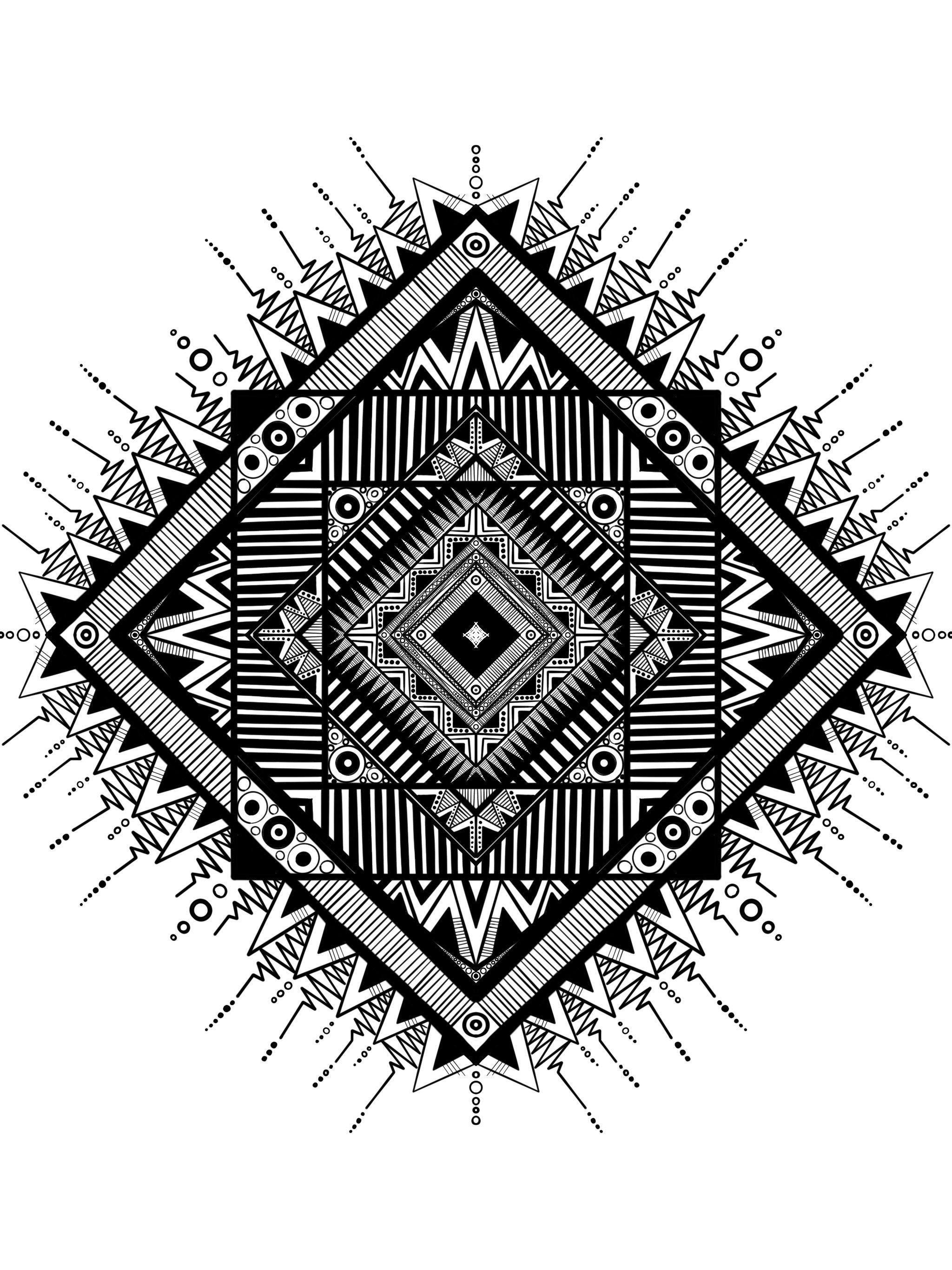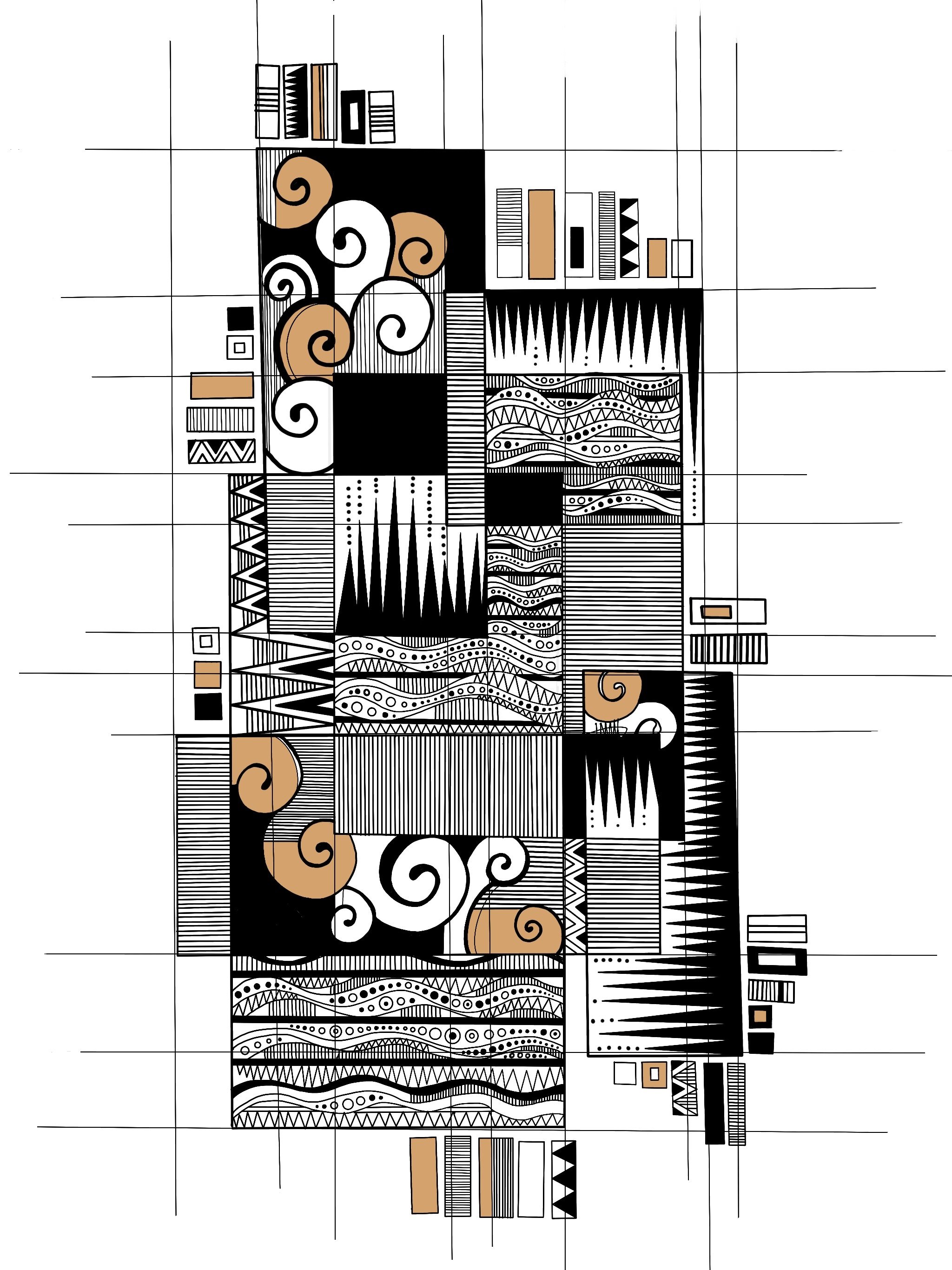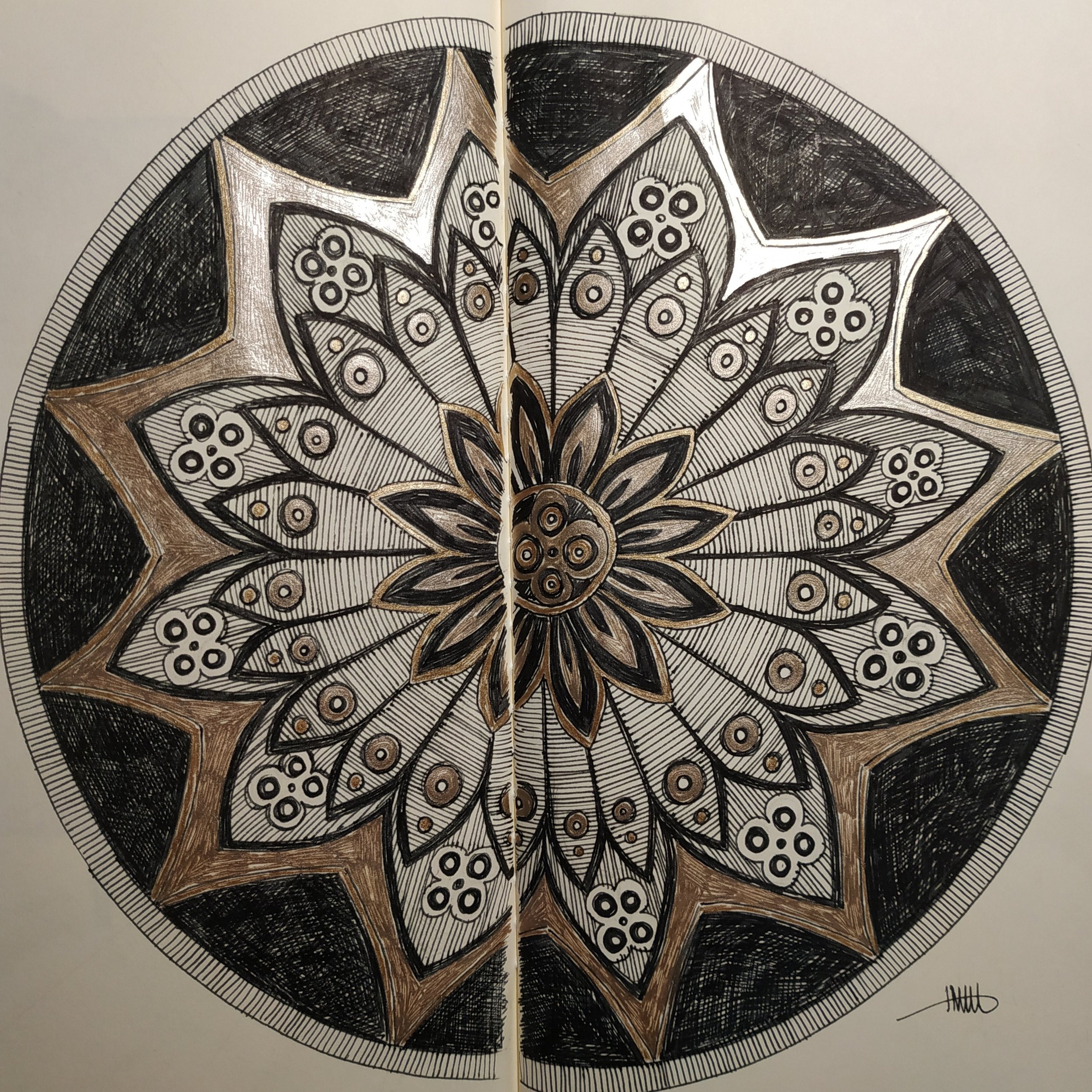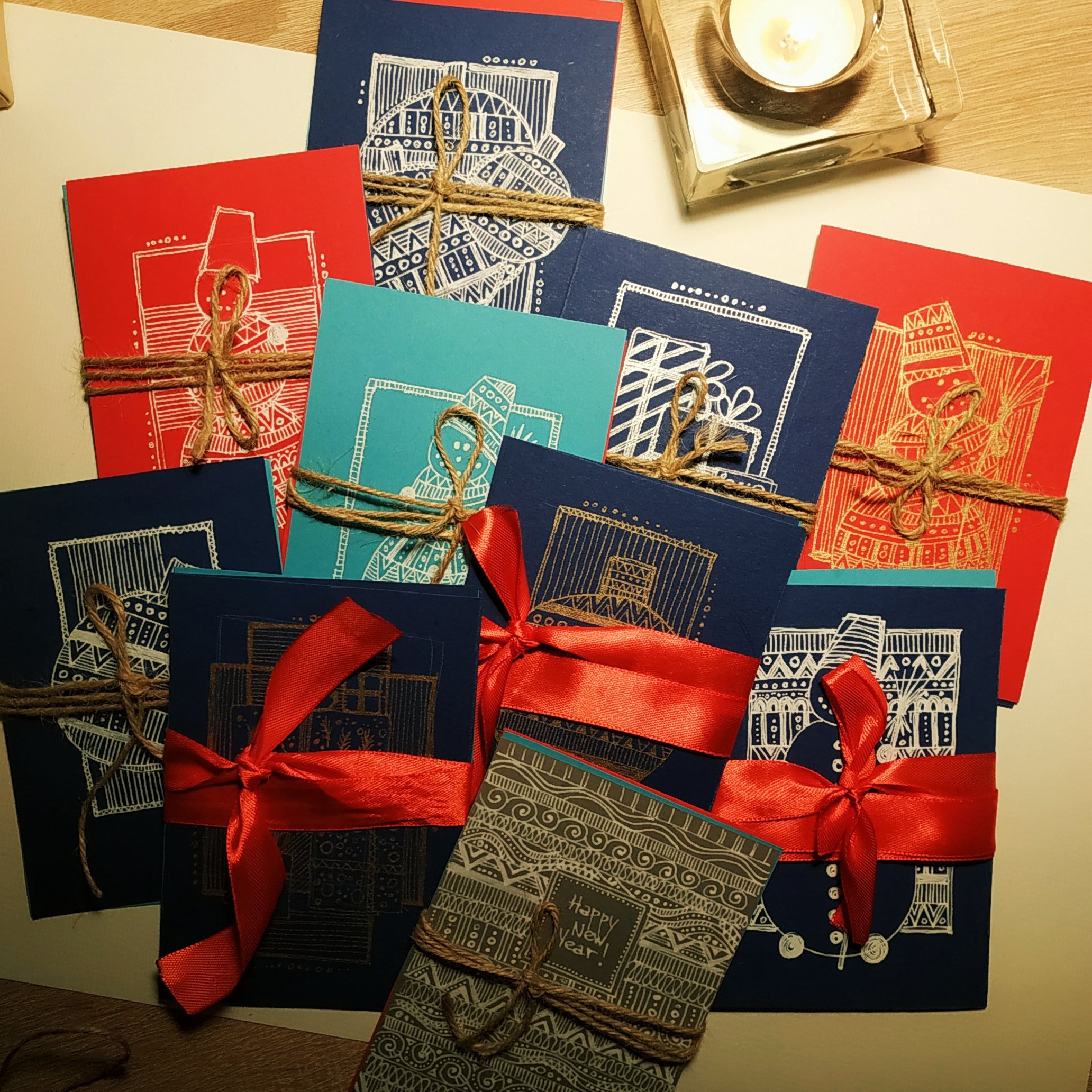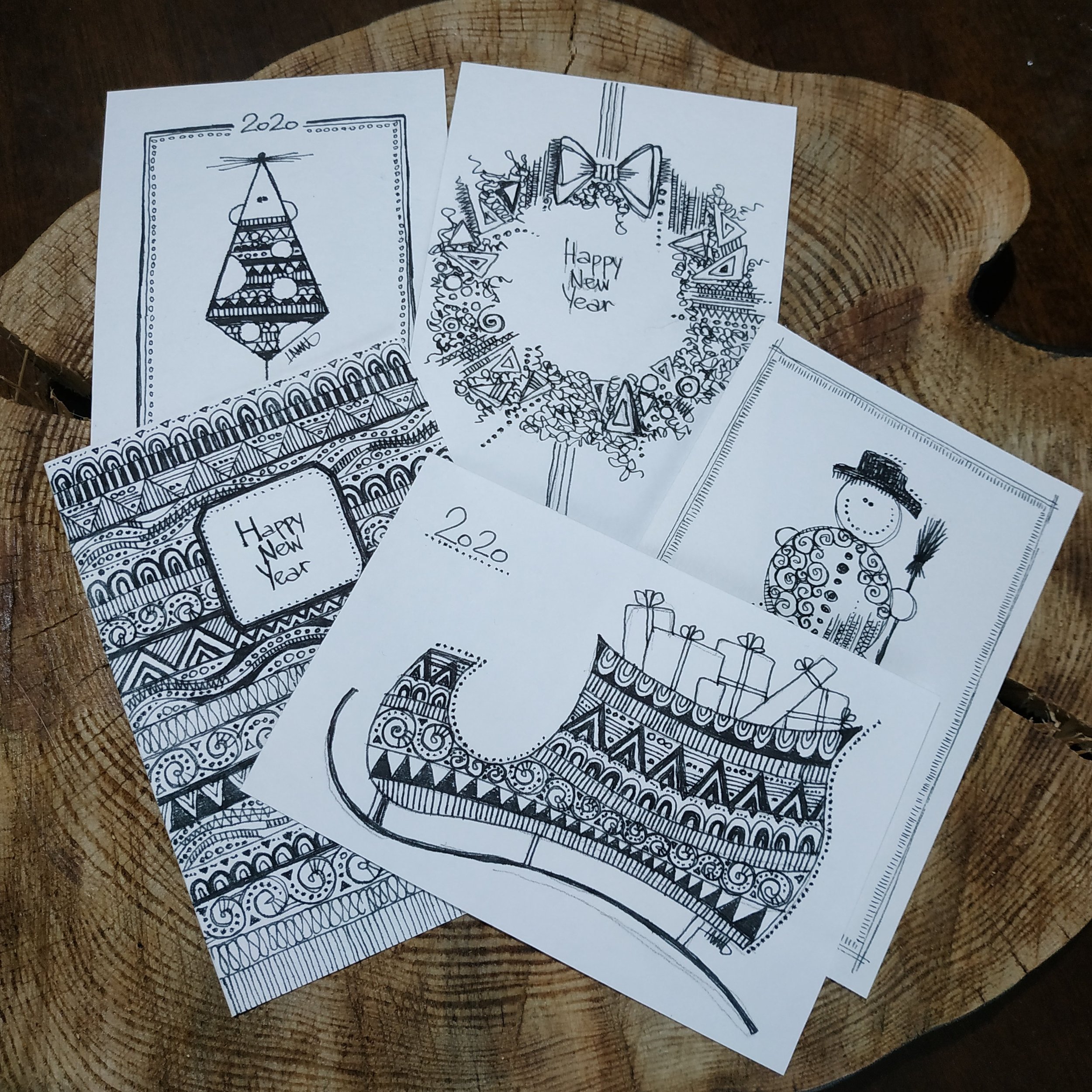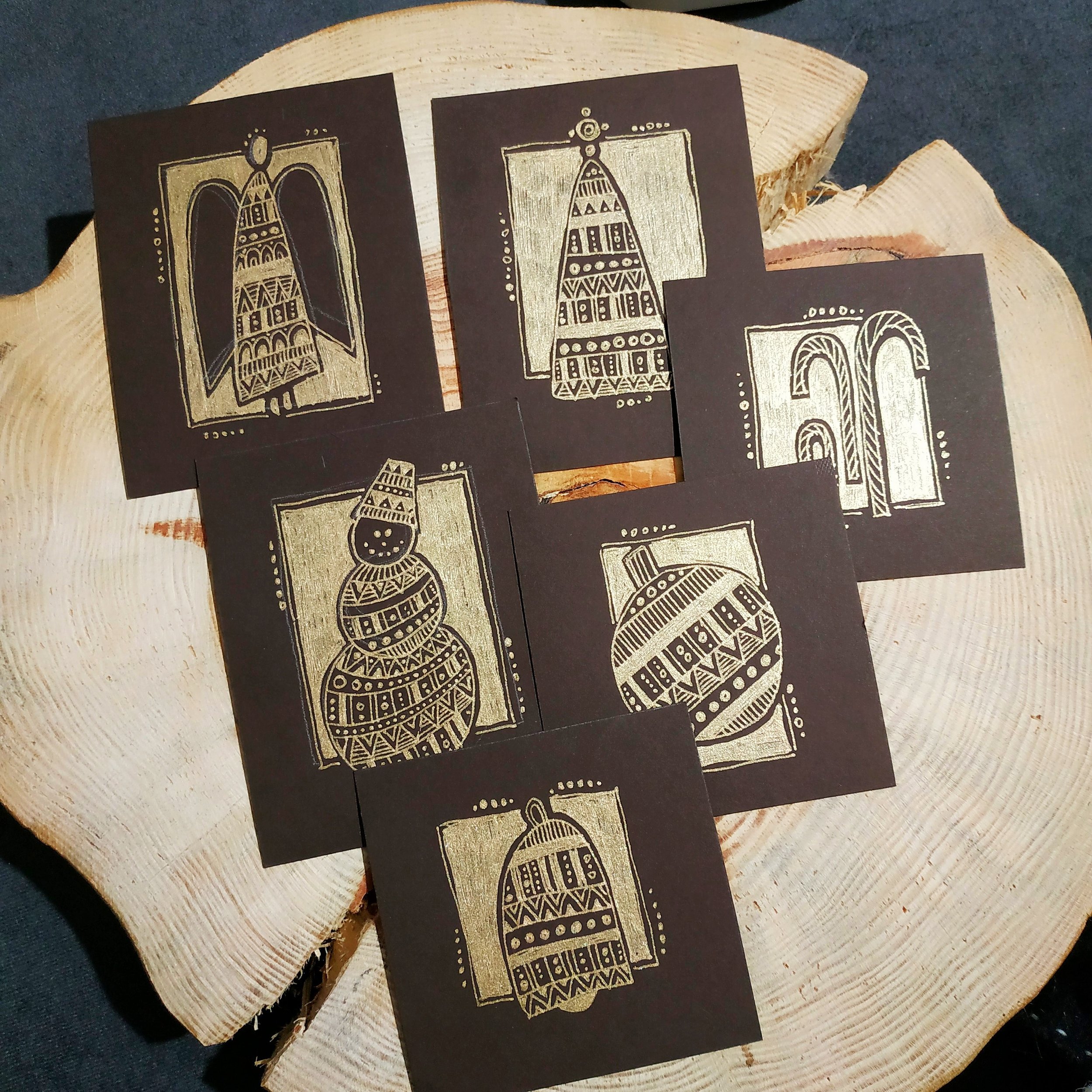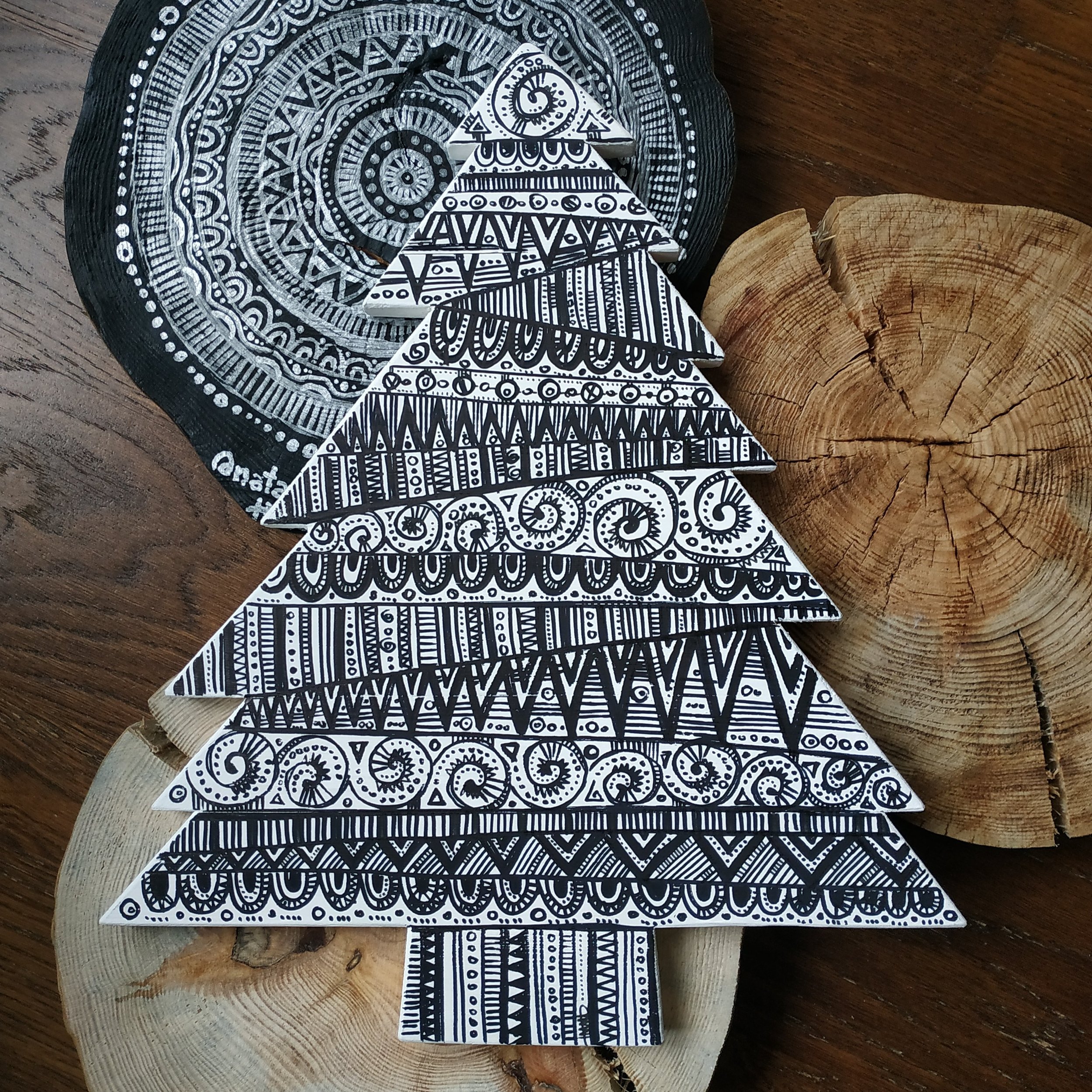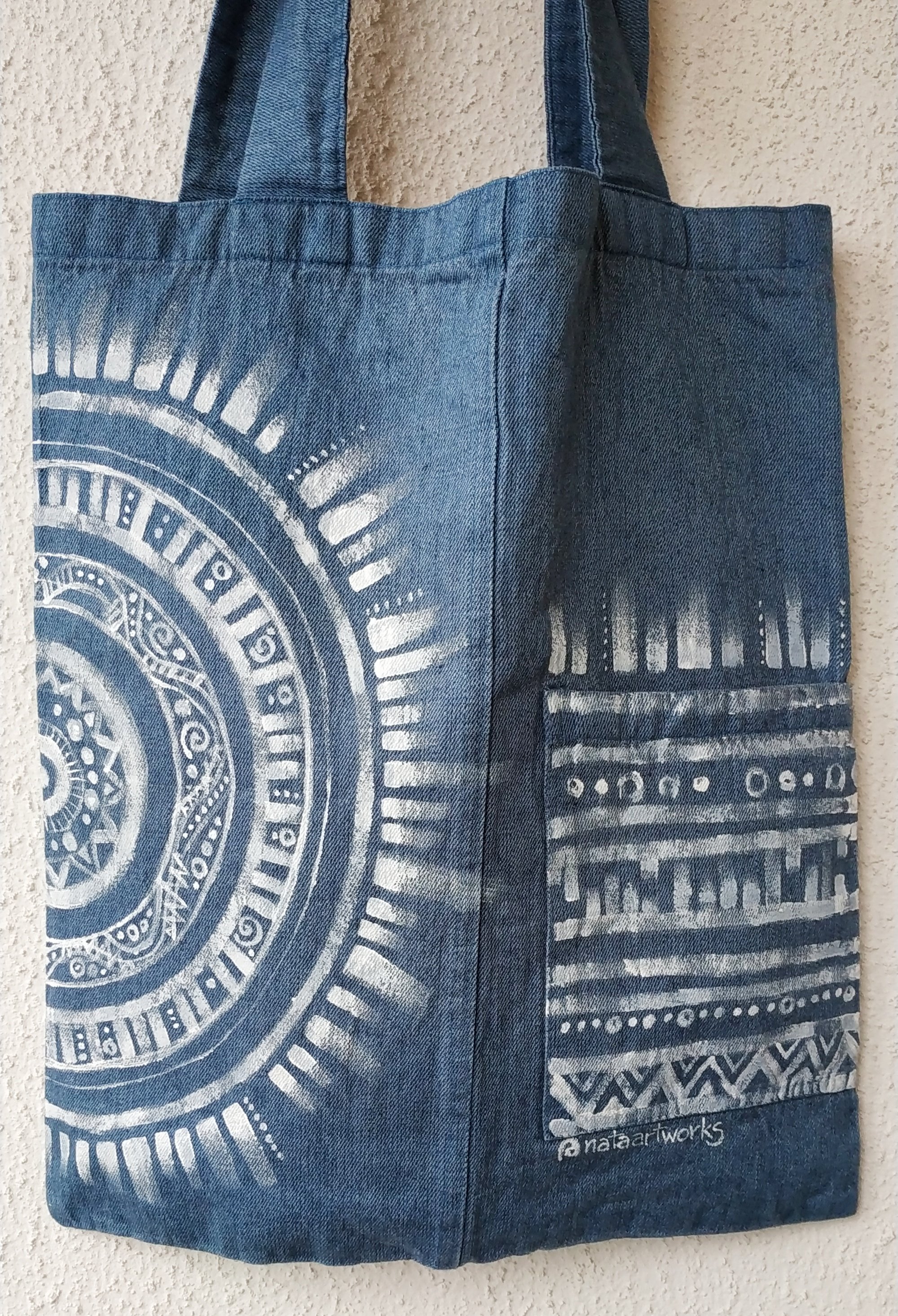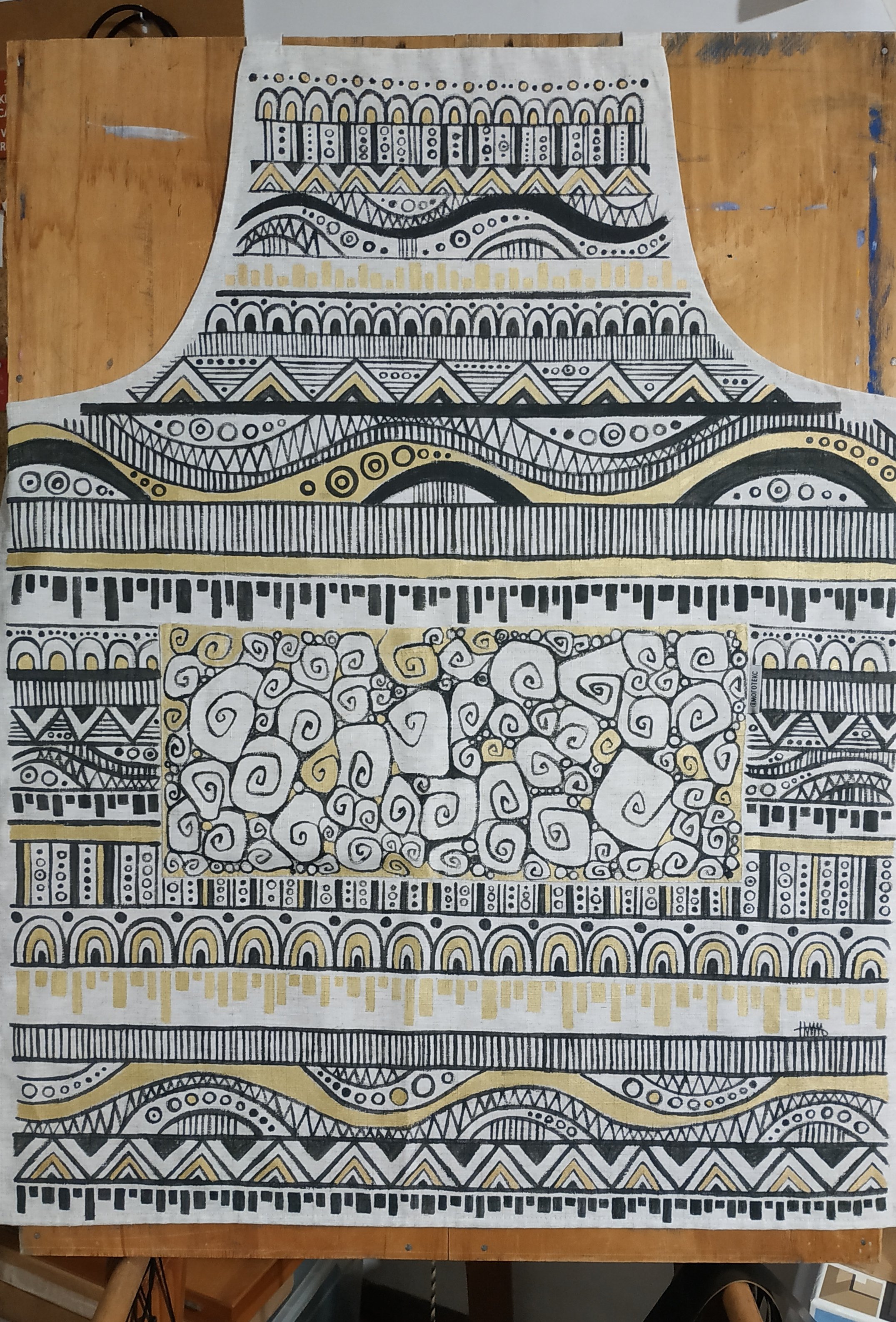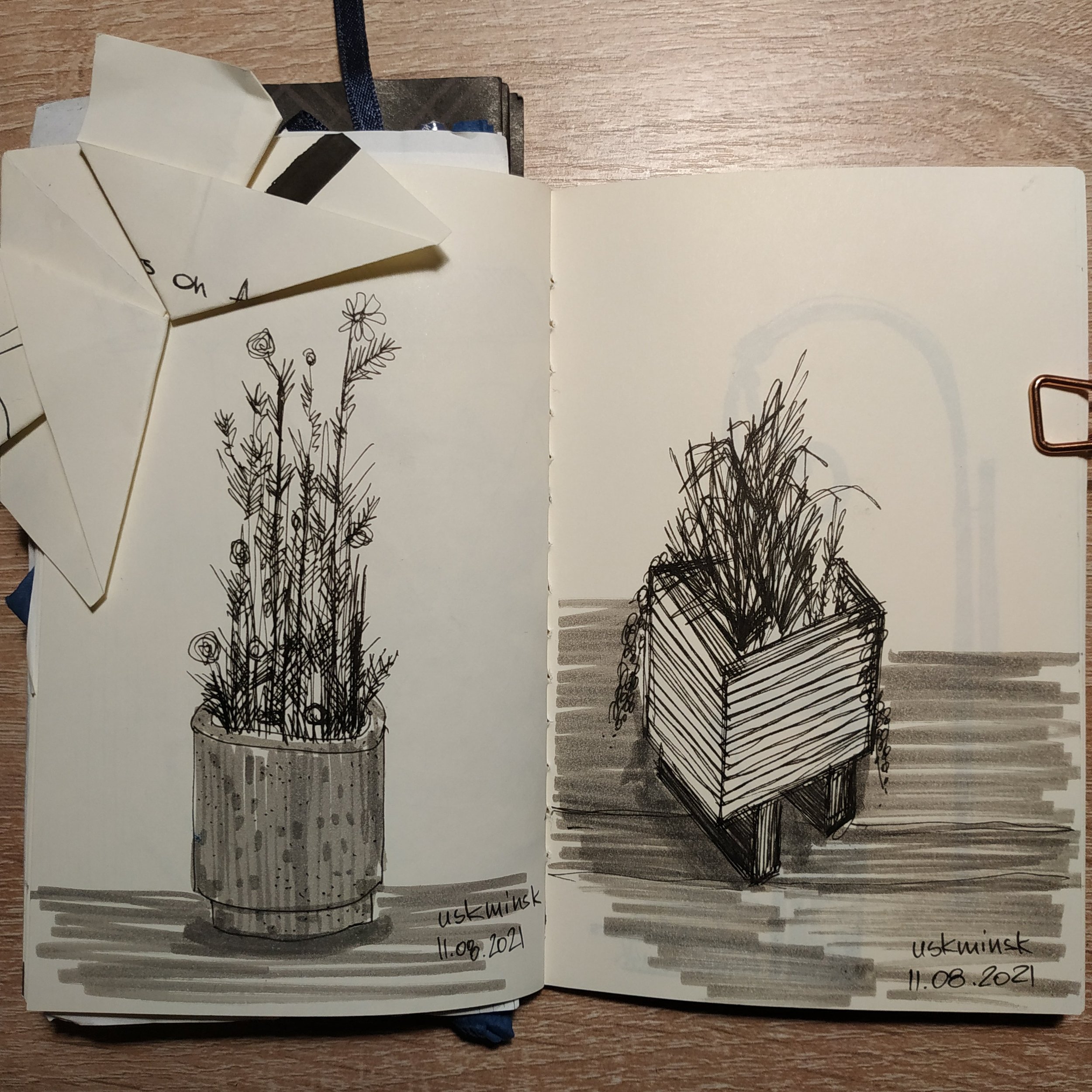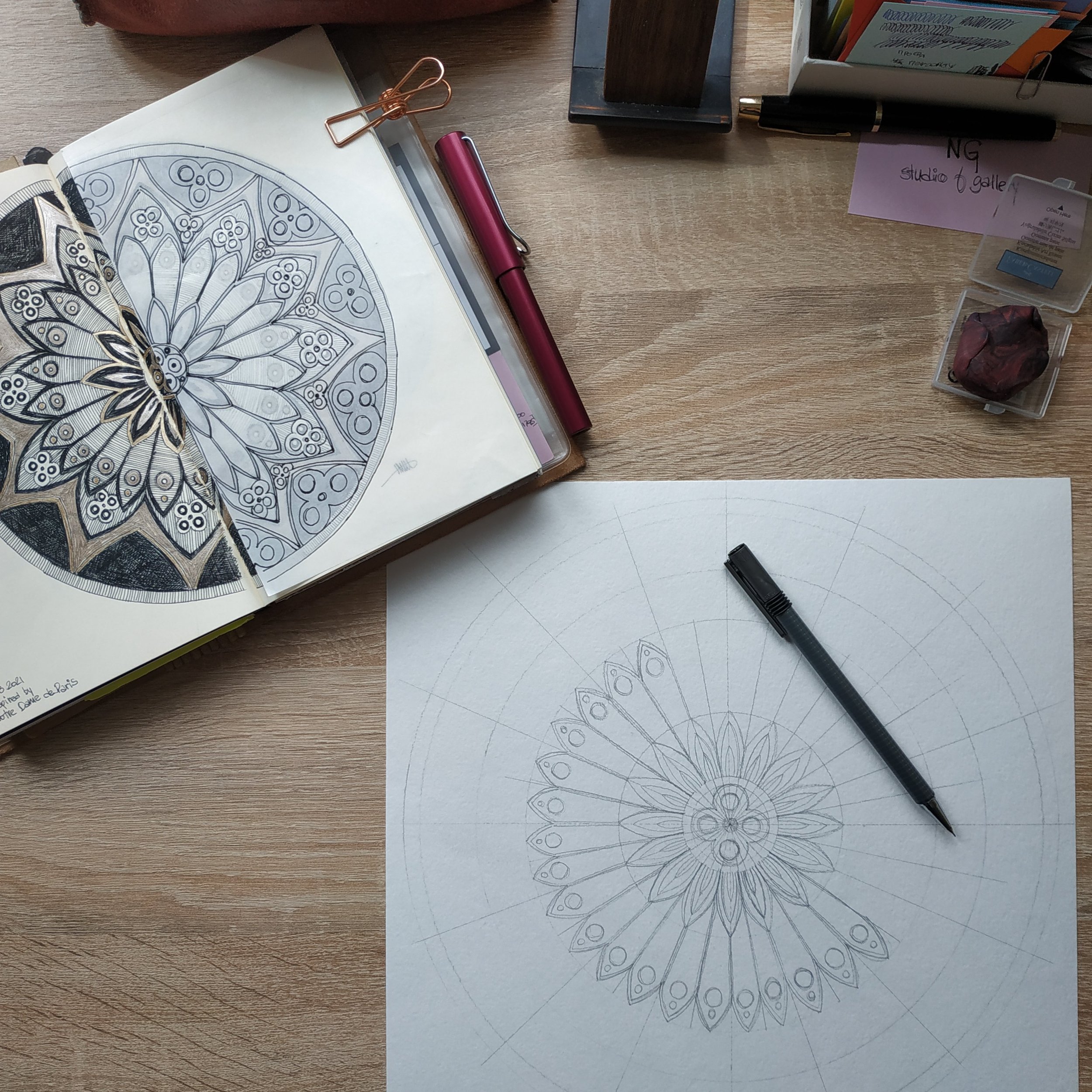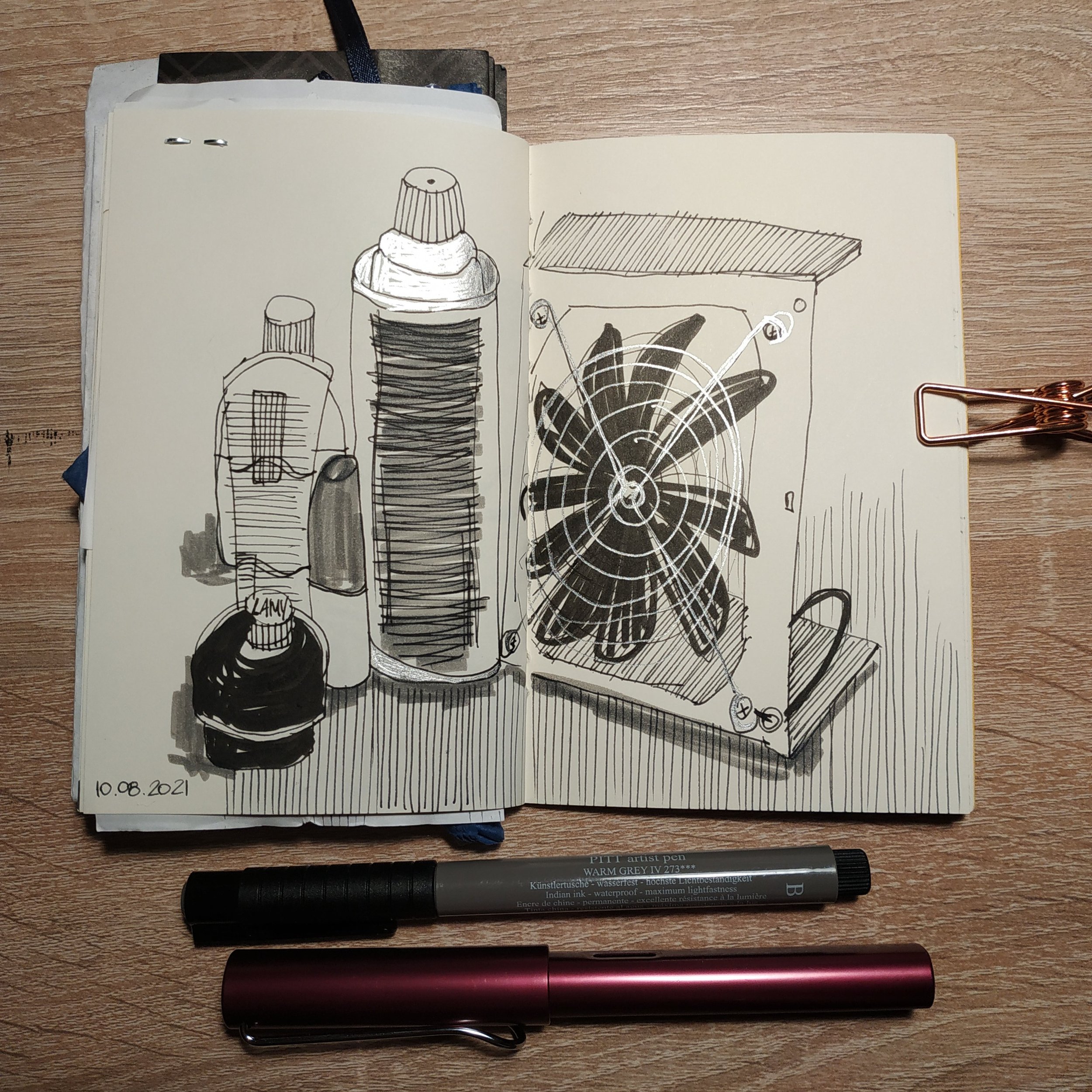Interview
Nataliya Gritsenya
Nataliya was born in 1989 in Minsk, Belarus.
Her mother is a lecturer, Ph.D. in Philosophy, scholar of religion, and psychologist. Her father is a designer/architect and a craftsman. She has a sister 13 years younger than her who loves horses and is in show jumping and studies furniture design.
At the age of 4, she joined Rishard Mai’s Children’s Art Studio. She spent about 14 years there, during which she learned art, found her artistic manner, met many other artists and representatives of the trade, participated in local and international exhibitions and contests.
She went to school at 7, a gymnasium with a focus on in-depth learning of Humanities Sciences and the English language. She loved English ever since.
At the age of 8, she started at a children’s music school, studying piano. This skill showed her a completely different perspective and proved to be very useful in life. In 2004, at the age of 15, she graduated from music school and chose not to continue musical education. In 2007, at the age of 18, she graduated from school and was admitted to the Belarusian State Technological University, Faculty of Publishing and Printing. She had to leave Rishard Mai’s studio and reduced her drawing activities to drawing in her very limited spare time.
In 2012, she graduated from the university having obtained two professions: book editor/printer/publisher and translator of English. She had already worked full-time for a year by then, so she jumped into the world of publishing where she applied her artistic skills in making books.
In 2016, she changed her occupation to be a translator and returned to drawing. It was her hobby. She started small by restoring her skills and searching for her niche. It took her about three years to integrate into the Belarusian/Minsk artistic community. Since 2019 she has been a moderately active member of the community, participated in art markets, urban sketching sessions, meetings and master classes.
In February 2021, in the background of post-COVID, she could not continue her work as a translator and had to look for other ways to earn a living. Drawing was an obvious choice. Since then she has been shifting the focus of her daily work, step by step. She plans to complete this process of moving to being a full time artist in the next few months. She won’t give up her other skills, rather keep them as complementary to drawing.
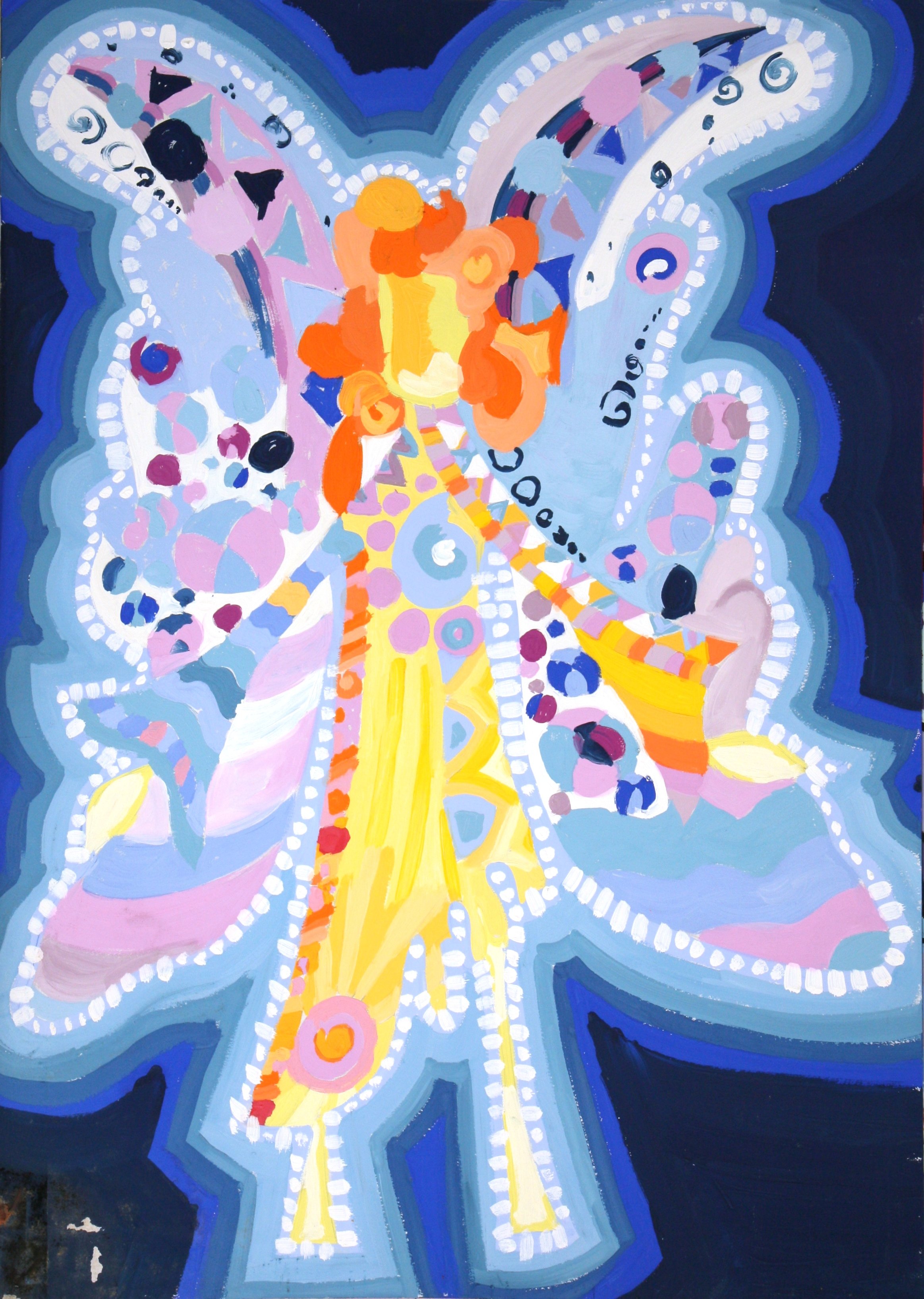
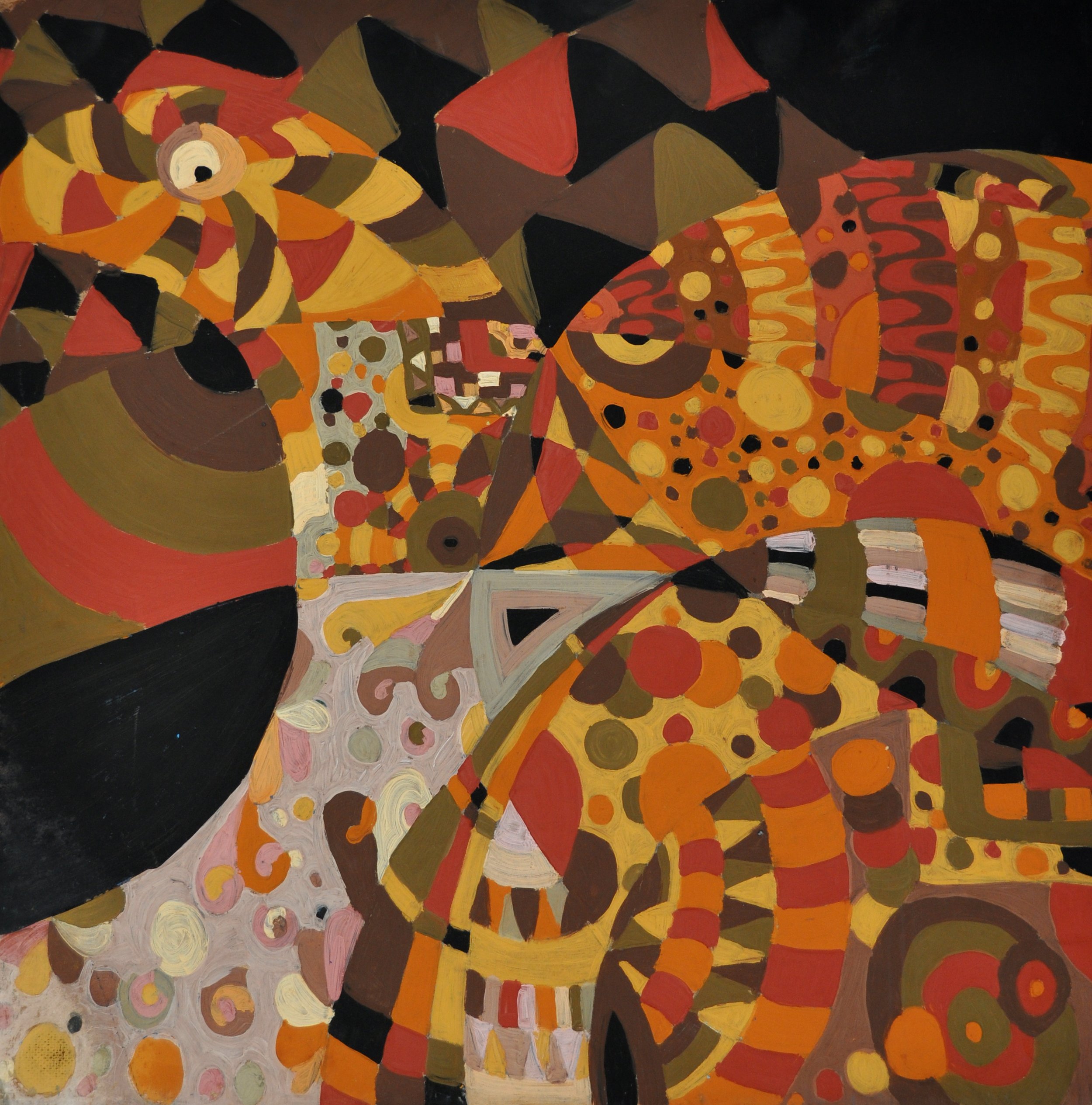
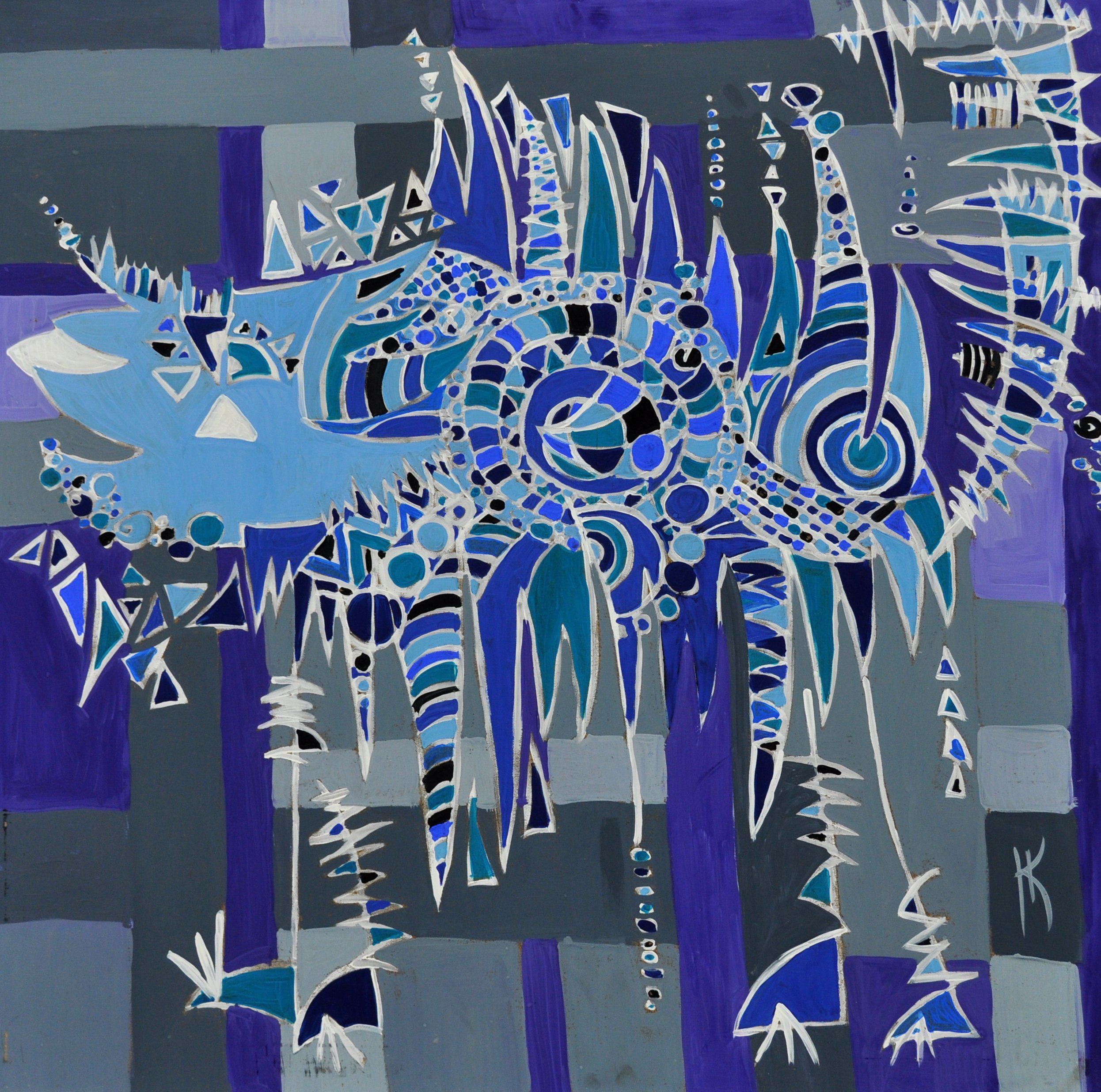
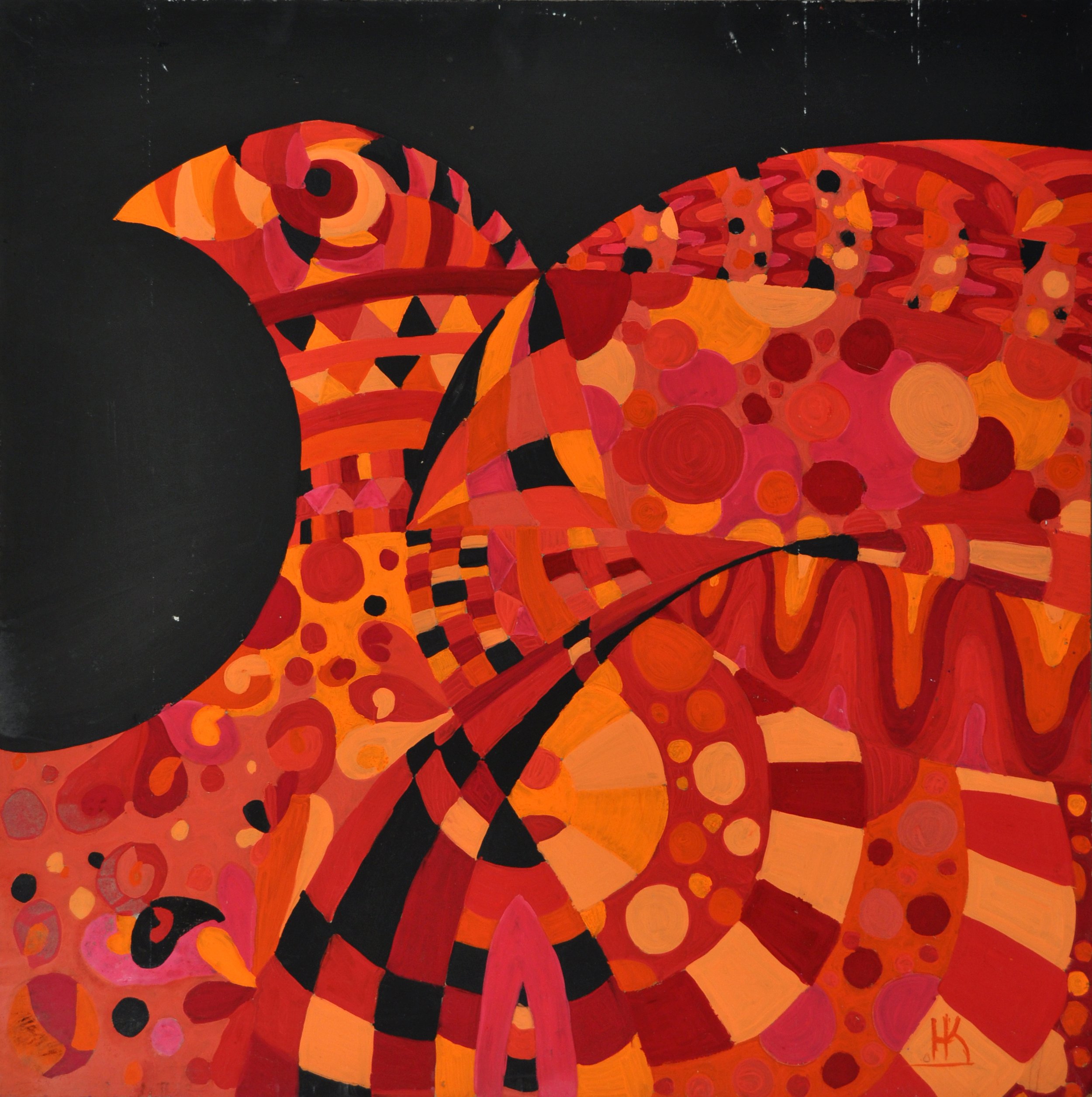
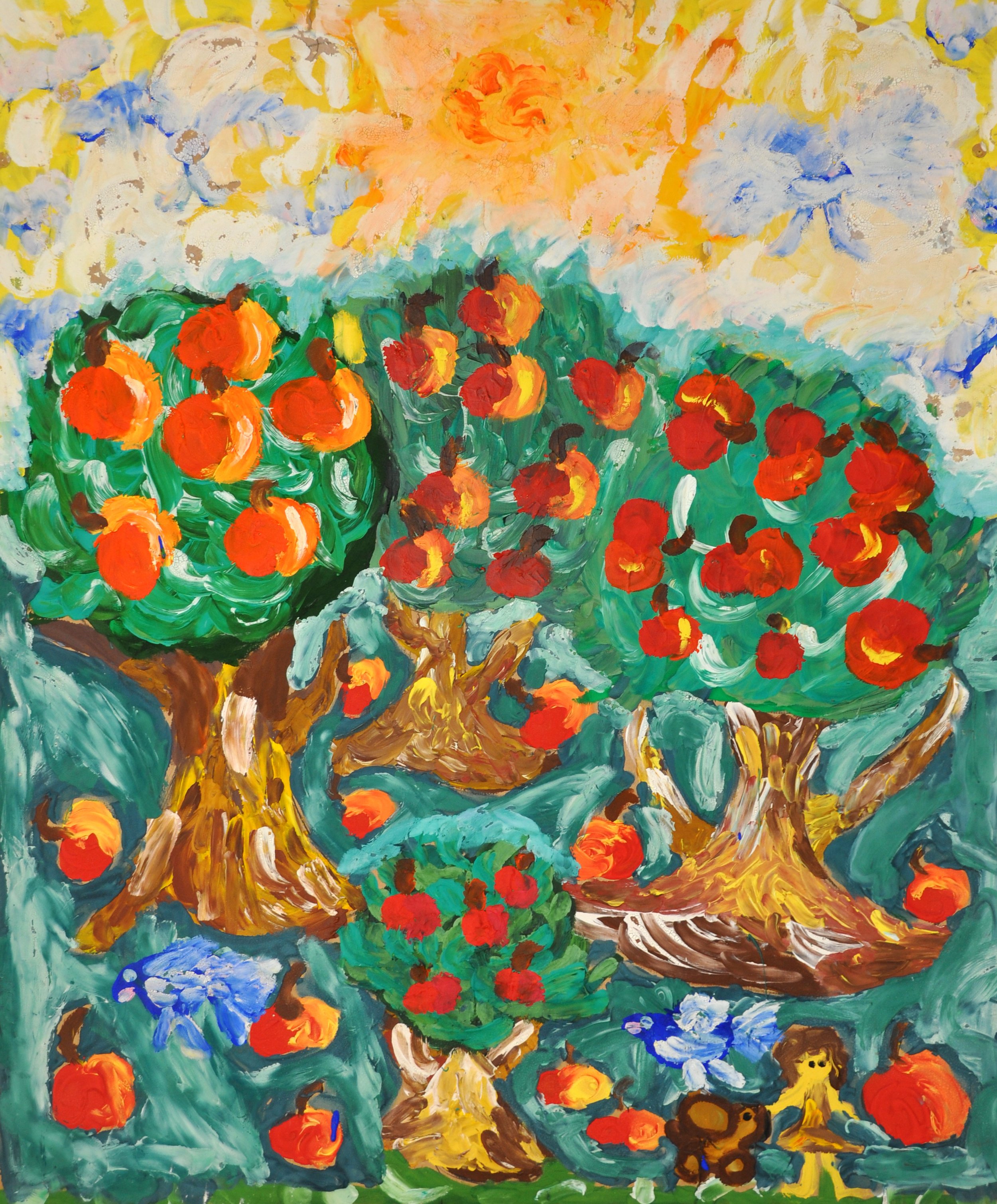
What is your background and how did you start your journey in the art world?
“I started drawing just like many other people in early childhood. Those were random strokes and lines with no particular meaning. Things changed when my mum took me to Rishard Mai’s Children’s Art Studio. It was around 1993 in Minsk (Belarus).
The studio was an extraordinary phenomenon then and there. The artist, Rishard Mai, used a very unusual approach to teaching—he set no rules except one: don’t bother others. Otherwise, each child was absolutely free. We could choose pencils or pens or coal, gouache or oil or tempera, paper or cardboard, brushes or our bare hands.
This approach was confusing at first, for every child. We looked around and copied our fellows or asked our parents or did nothing. But after a short while, we discovered that this freedom is a source of immense creativity. We could create things, characters, whole worlds. We could develop any number of ideas, generating other ideas in the process. And with time—sometimes days, sometimes months, sometimes years—each of us at the studio developed their own manner and settled with their favorite materials and media. Gently guided by Rishard Mai, we worked on our art and thus worked on ourselves.
Interestingly, I was a bit of a strange child because I couldn’t form a distinct manner of drawing/painting for quite a long time. It confused my parents and Rishard Mai at the time, while I saw no problem at all, I just enjoyed myself. I created fantastic creatures in a style close to impressionism or expressionism, there was a period of abstract works, something cubistic and finally, I settled with decorative colorful paintings. So now I think having no distinct manner early on was rather good than bad. It allowed me to explore different styles and media. Now I can work with many different media: gouache, acrylic, pencils, pastels, ink, markers. As well as on different scales: from drawing graphic postcards to painting windows with chalk markers or walls with interior paints.
Rishard Mai considered that the younger the child, the better it is to start at the studio. So there was a lot of 3, 4 and 5 year-olds. They were with their parents, of course. And this formed a true community at the studio. Many families became friends; we had a tradition of baking potatoes on Sundays at the studio and celebrating birthdays and holidays altogether. This gave me a number of very good warm memories and an example of a proper approach to doing things: attention, dedication, commitment, passion, curiosity, open mind.
I was an active member of the studio community for 14 years until I started at university. While at the studio, and since it was a known and unusual phenomenon, we had many collective and personal exhibitions in Minsk and in Belarus, sent works to and attended international exhibitions and plein airs abroad. So when I started studying publishing and printing at university, I found myself in a completely different environment and missed that artistic world very much. I even started to draw less because studying consumed almost all of my time. Then I started part-time work which only allowed drawing as a short-time distraction.
However, I never actually stopped drawing. I could still use my skills and knowledge in my work. And after graduation, and a couple of years of work as a book editor and publisher, my art won its rightful place back. I resumed drawing as a hobby. As time went by, around the beginning of 2021, I could see that this hobby is actually the only thing that makes me truly happy, the only thing I never get enough of, and the only thing I want to do. And here we are, after a couple of decades and two professions (editor/publisher, translator), I finally found the courage to be me, an artist.
Drawing decorative graphics is good, however, just like anything, it can seem monotonous and become boring. So I found that sketching is very helpful in keeping my brain and arm in shape. I joined Minsk urban sketching community in 2018 (@uskminsk on Instagram) and I do urban sketching as often as possible. Then, once I understood how urban sketching works, I expanded my attempts to sketch just about anything. So about a year ago, I started training in sketching any random objects. It was possible thanks to an almost accidental meeting with a local sketcher Liza Emelyanova (@lass_lash on Instagram) whose masterclasses I attend regularly since then.”
What does your work aim to say? Does it comment on any current social or political issues?
“When I resumed drawing actively around 2016, it was on the one hand, like returning home, and on the other hand, it was the way to shake off stress, troubles of the past day, reload, and restore emotional balance. Since 2016 I’ve been drawing decorative graphics, which intuitively shaped into works resembling mandalas. In the five years that passed, I can firmly state that my graphics have a certain therapeutic effect both for me when I create and for the viewers while they study a drawing.
After the presidential election in August 2020 and the events that followed, I found my graphics to be very effective in dealing with anxiety, distress, PTSD, and restoring balance each time another shocking piece of news landed. I created a print, Lots of Love to Belarus, which was inspired by solidarity, peaceful expression of the Belarusian people’s will, and general support I saw and still see among people in Belarus. This print is free, can be downloaded here.
This was probably the only thing that I created as a direct response to the events. However, my art is very compatible with our national colors, red and white, and I added them to my usual palette. I guess this is my way of responding. I don’t do realistic art (sketching doesn’t count), I rather interpret things and events and express them in a bit of a symbolic way.”
“I can invent a piece inspired by anything, even ordinary things. It is often enough to just shift an angle of view. Or try a different approach or style, even a different colour can produce a surprising effect. In the end it is something beautiful.”
Which current art world trends are you following?
“I’m interested in abstract art, applied art, decorating, and naïve art. Those surrounded me during my time at Rishard Mai’s studio and influenced me the most, and I work around these fields now. So I try to keep an eye on the things happening there. I am intrigued by NFTs. I don’t fully understand it yet, but I think I’d like to try it.
I love letters (I am a publisher, after all, and love a good font or elegant calligraphy) and endless ways to combine it with other forms of art (lettering being one example or works of Viktor Pushkarev - @mynameisviktor) or even making it a separate form of art (like Pokras Lampas). Another thing that interests me on a daily scale is sketching, urban sketching, and how inaccurate and unrefined drawing is now becoming more popular.”
Do you plan your work in advance, or is it improvisation?
“I like to say, I have a general plan for each piece and then I make quick decisions depending on where it all goes. I don’t have a plan for my art for a year or a decade ahead. I do have a list of things/topics/ideas I want to draw or study through drawing. Such is, for example, a project 'The Wheel of the Year' about the main holidays of the year, such as New Year, beginning of spring, midsummer, harvesting, etc., and each holiday itself is a topic to work on!
I have to plan my work, however, when it comes to a holiday season like Christmas and New Year, when everyone is preparing in advance and I’d like to provide something for the people to add to their presents (like a gift card or a decorated wrapping paper or box, or a handmade wooden Christmas tree decorated with my graphics).”
What process, materials, techniques, etc, do you use to create your artwork?
“With decorative graphics, I mainly work with ink, fountain pens, ink liners, gel pens, brush pens, acrylic markers, gouache, and acrylic on paper, cardboard and canvas. I sometimes use watercolor for local accents or background color filling. These go well with gift cards, gift envelopes, tags, small and medium-scale pieces of art.
I also love to decorate different things with my graphics. In this case, we’re talking about acrylic (paint or markers) on wood, glass, ceramics and textiles. My hand-painted T-shirts and shopping bags are quite popular gifts among my audience, and an old hoodie looks completely rejuvenated when painted. I do digital work too.
At times, I also like to experiment and use materials and techniques commonly recognized as incompatible or unpopular. Such as drawing gift cards with a fountain pen on watercolor paper because of their texture. Or drawing a rosette with a permanent marker over an acrylic background on canvas. It is fun, it is interesting, it can give an unexpected result and push my art. After all, art is about experimenting.”
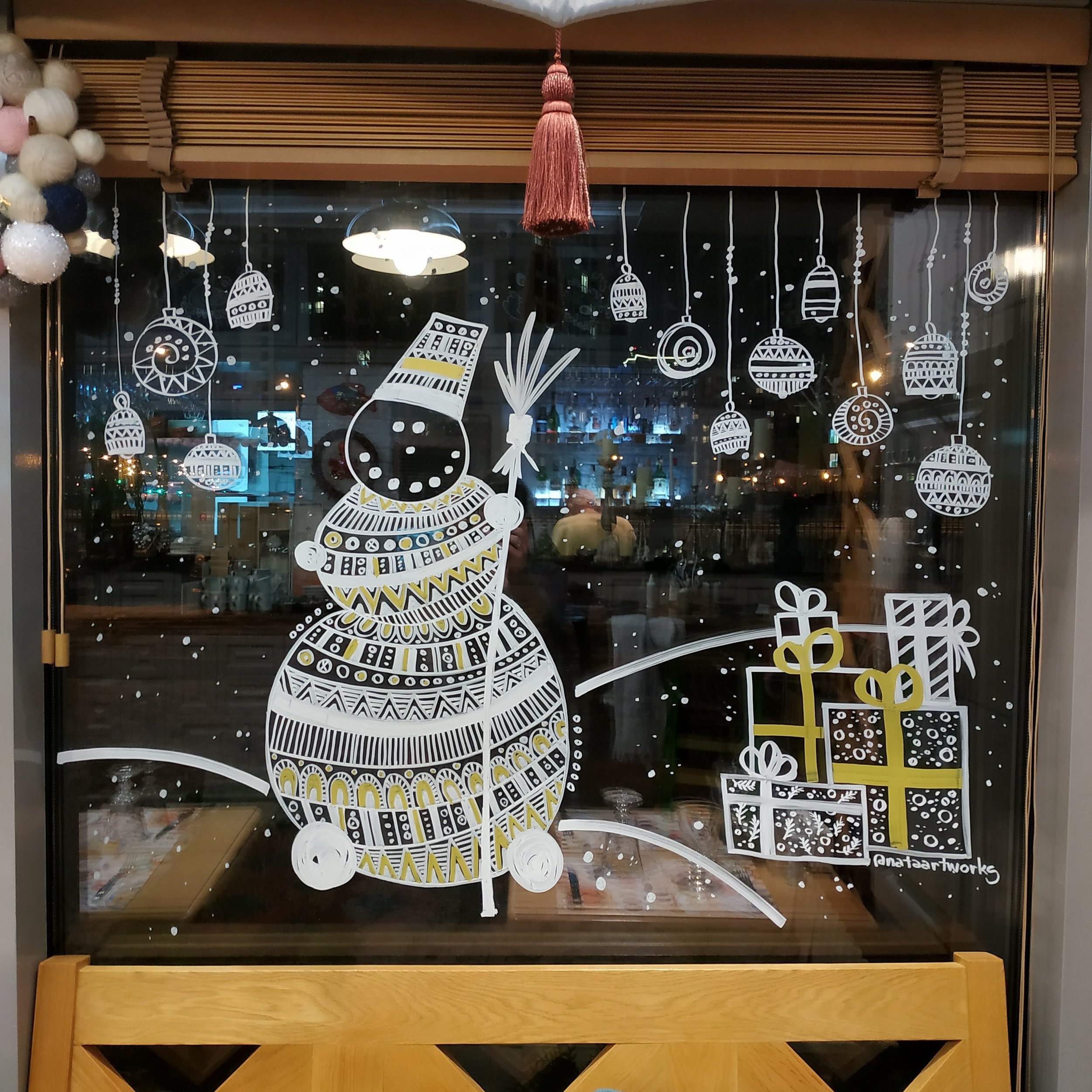

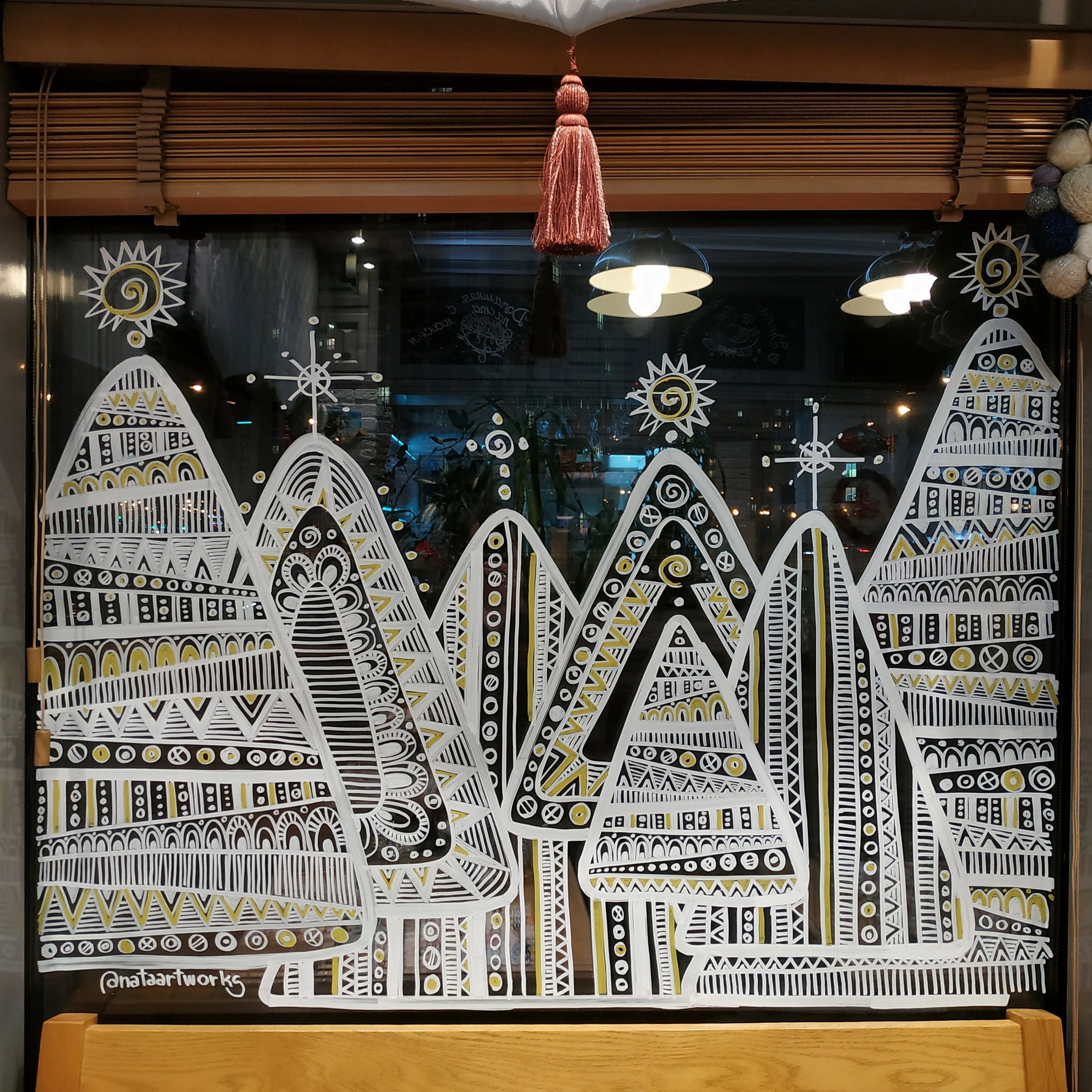
What does your art mean to you?
“Art was among the first things I learned in life. The atmosphere in which I learned drawing shaped me as a person, I think. My art is what I am. It is a part of me and my essence. I could survive without my art, but it would be a very dull existence, so I’d rather not. My art is my source of strength, power, balance. It is my means of researching and understanding the world around me. It is a skill, a tool, a way - my way.”
What’s your favorite artwork and why?
“Among my own works, I don’t have a favorite because I love them all. I live through the process while creating each piece. So none of them are ‘autopilot’ products or thoughtless replicas. I could distinguish the Feathers project, though, because it wasn’t an easy one for me and it was great for my artistic development. It was the first project in which I addressed actual natural objects, interpreted and styled them.
I love Gustav Klimt’s art. It is very decorative, elegant yet full of passion and bursting with emotion. My particular favorite is 'The Kiss'. Salvador Dali was absolutely fabulous in his experiments and in creating his own reality. I love his Persistence of Memory. And then there is Mikhail Vrubel with his vibrant, emotional works of which 'The Demon Seated' astonished me when I saw it at the Tretyakov Gallery. Such a powerful piece.”
Have you had any noteworthy exhibitions you'd like to share?
“During my time at Rishard Mai’s studio, I participated in many collective exhibitions in Minsk, Belarus. My works were sent to exhibitions and contests abroad. Of those, I’d like to note the 2000 International Visual Arts contest organized by UNESCO (Troyes, France), The Small Montmartre of Bitola 2004 (Bitola, Macedonia), collective exhibition at the National Art Museum of Belarusian 2007 (Minsk, Belarus). Information about the studio and exhibitions I participated in can be seen here.
Rishard Mai’s art on Instagram: @mai_rishard
In recent years, I participated in art markets and in one exhibition so far, the sketchbook exhibition in 2021. 2021 sketchbook exhibition in the media can be seen here.”
Instagram: @nataartworks
Other: Linktree


